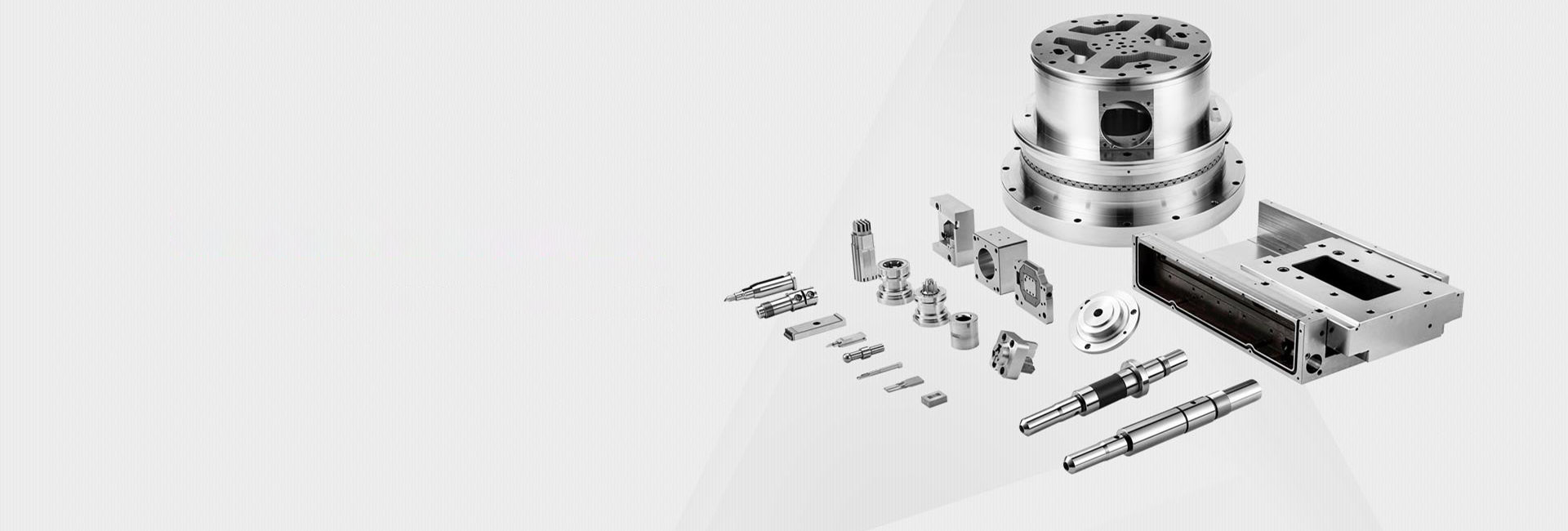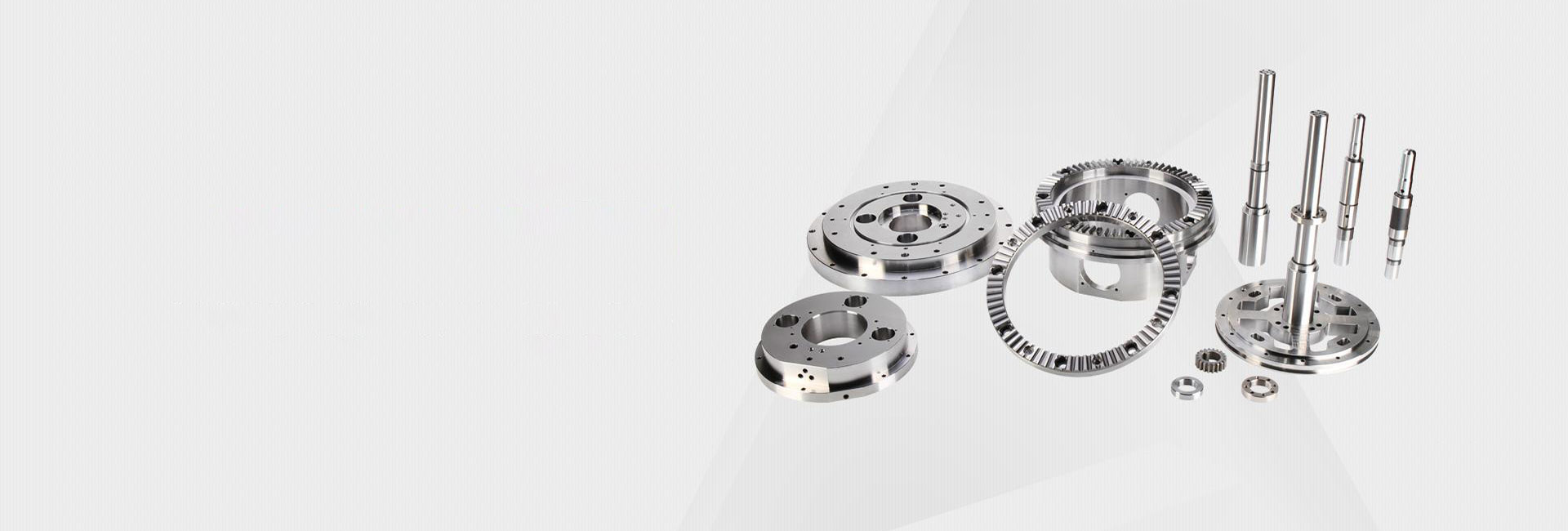What Materials Can Be Machined with a CNC Mill, Examples of Small Parts CNC Milling
Hey there! 👋 Are you a procurement manager or engineer feeling stuck when you need to quickly figure out which parts are actually suitable for CNC milling? You're not alone. I've been there, staring at a design, wondering if CNC is the right choice. Let's break it down together in plain language, no jargon, and see how this powerful process can solve your manufacturing puzzles. 🤔➡️✨
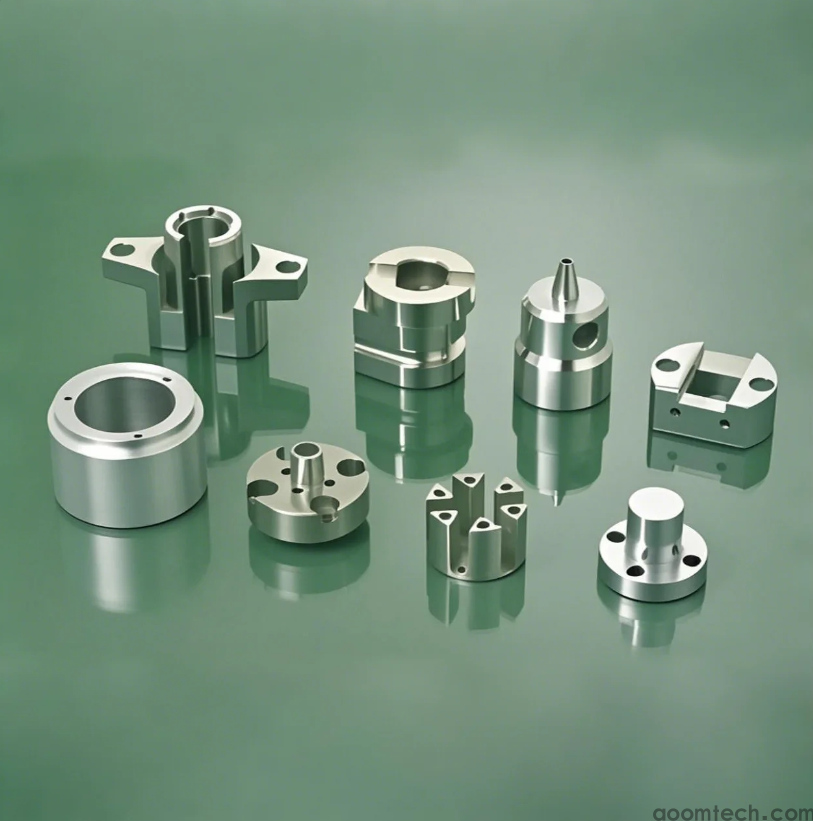
What on earth can a CNC mill actually cut?
At its heart, a CNC milling machine is like a super-precise, automated sculptor that carves parts from a solid block. The real question isn't just what it can do, but what it does exceptionally well.
Think about parts with these features:
- 🔄 Complex shapes and contours that are tough for manual machines.
- 📐 Extremely tight tolerances where every micron counts.
- 🔢 Need for high repeatability across hundreds or thousands of pieces.
So, if your component has intricate details, requires perfect consistency, or is made from a tough material, CNC milling is probably your best bet. But, while it's incredibly versatile, it might not be the most cost-effective for super simple shapes you could punch out on a press.
So, what metals can it handle? Let's talk materials.
This is where I get a lot of questions. From my experience, people often overthink this. CNC mills are workhorses.
Common metals we use all the time:
- Aluminum: The go-to for many projects. It's lightweight, strong enough, and a dream to machine. You see it everywhere from aerospace brackets to electronic housings.
- Stainless Steel: When you need strength and corrosion resistance. Think medical instruments or food processing parts.
- Brass and Copper: Great for electrical components and decorative parts because they're easier on the tools.
But what about the really hard stuff? Like titanium or tool steel? Absolutely, CNC mills can tackle them, but it's a different ball game. The cutting speeds are slower, tool wear is higher, and the cost goes up. The specific mechanics of optimizing for these super-alloys is a deep topic in itself, one that even experienced machinists are always learning more about.
Let's get specific: Examples of small parts we frequently make.
Okay, this is the fun part. Seeing real-world examples makes it click. Here are some small parts that are perfect for CNC milling:
- 🔩 Custom Bolts and Screws: Need a unique thread or a non-standard head? CNC milling can create them precisely.
- ⚙️ Gears and Sprockets: Especially prototypes or small batches where molding is too expensive.
- ⌚ Watch and Instrument Components: Tiny, complex, and require flawless accuracy.
- 🔌 Electrical Connector Housings: Those plastic or metal ports with complex internal channels are often milled.
I often use CNC for prototyping these because it's fast and lets me test the design before committing to mass production. However, it's worth mentioning that for some ridiculously small, micro-sized parts, specialized processes like Swiss-style turning might be more efficient. The best choice always depends on the exact geometry.
Wait, can you even machine plastics with it?
Great question! A lot of folks assume CNC is only for metal. That's not the case at all.
Yes, many plastics are excellent candidates:
- ABS: Tough and common, used for prototypes and end-use parts.
- Nylon (PA): Great wear resistance, good for gears and bushings.
- POM (Delrin/Acetal): Slippery and dimensionally stable, perfect for low-friction components.
- PEEK: A high-performance plastic for extreme temperatures and chemicals.
But here's the catch: Machining plastic is trickier than it looks. You can't just use the same settings as metal. Plastic melts easily from friction, so you need sharp tools, high speeds, and proper cooling to get a clean finish. It's a common pitfall, but once you get the technique right, the results are fantastic. 😊
My final two cents on choosing CNC milling
Look, the beauty of CNC milling is its unmatched flexibility for complex, high-precision work. Whether you're dealing with a tough piece of stainless steel for a machine fixture or a delicate plastic prototype, it's a reliable solution. The initial setup cost might be higher than some methods, but for quality, accuracy, and handling complexity, it's hard to beat.
From my perspective, the decision often boils down to this: If your part's value comes from its precise form and fit, not just its raw material, then CNC milling is likely your answer. Hopefully, this gives you a clearer picture for your next project! 👍
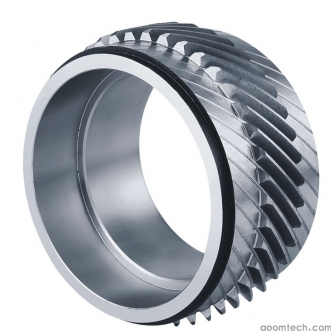 How Much Does CNC Anti-Slip To
How Much Does CNC Anti-Slip To
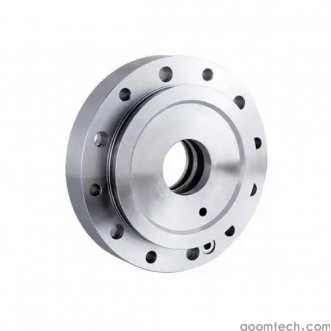 How to Choose Reliable CNC Fla
How to Choose Reliable CNC Fla
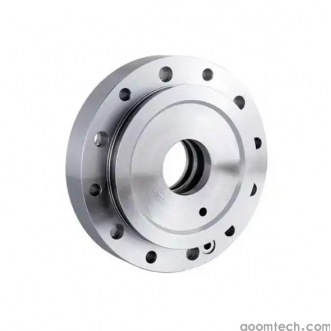 Precision CNC Aluminum Parts C
Precision CNC Aluminum Parts C
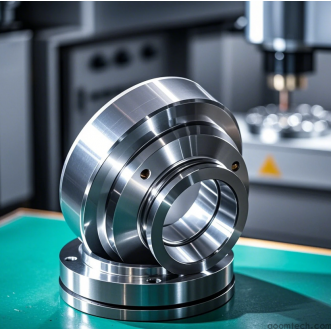 Precision CNC Machining Manufa
Precision CNC Machining Manufa

